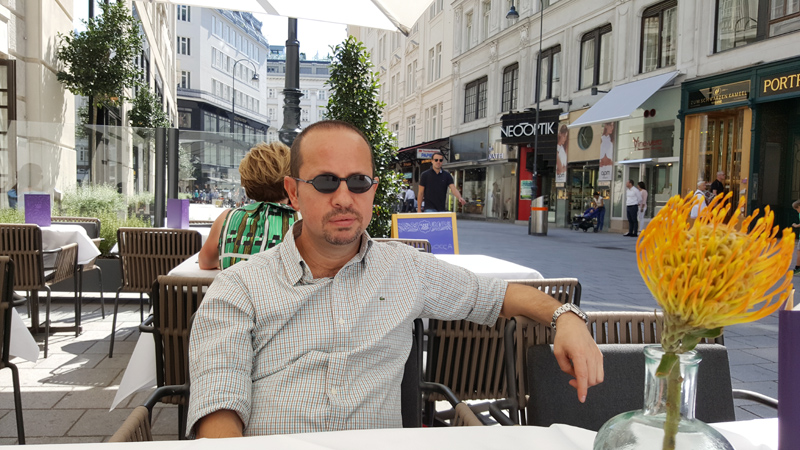


|
Hofburg Palace
|
Historic Vienna, the capital of Austria, flourished as a city of royalty and is today distinguished by its outstanding architecture, its renowned cultural accomplishments, and its spacious parks. Vienna’s site was once home to a Celtic village, and from the 1st century BC to the 5th century AD, it was a stronghold of the Roman Empire. Its Latin name is Vindobona. Vienna grew into a trading hub and staging area for the Crusades during the 12th century. A century later the royal Habsburg family gained control of the region, and the city served as the core of their empire for many centuries. Although Vienna endured many armed threats during these years (among them the Turkish siege in 1683), only Napoleon Bonaparte succeeded in occupying Vienna, and then only briefly in the early 19th century. The city served as the administrative center of German Austria from 1938 until 1945, when Allied troops began their ten-year occupation. Present-day Vienna has a population of 1.8 million. Situated along the Danube in northeastern Austria, a restored Vienna now serves as a cosmopolitan gateway between eastern and western Europe. Flowering trees, parks, and walkways line the horseshoe-shaped Ringstrasse, a boulevard that encloses the inner city and extends to the Donaukanal. Coffeehouses and theaters reflect the peaceful, pleasant ambiance in this city, where people have long celebrated the joys of life. For centuries, Vienna reigned as the music capital of the Western world. Haydn, Mozart, and Schubert are among the world-famous composers who called Vienna home. The city’s remarkable architecture includes the 15th-century Saint Stephen’s Cathedral, with its lofty Gothic spires, the 18th-century baroque Church of Saint Charles Borromeo, with its prominent dome, and Empress Maria Theresia's 17th century Schönbrunn palace. Contemporary Vienna has expanded into suburbs, which are served by the U-bahn subway and a high-speed metropolitan railway. |